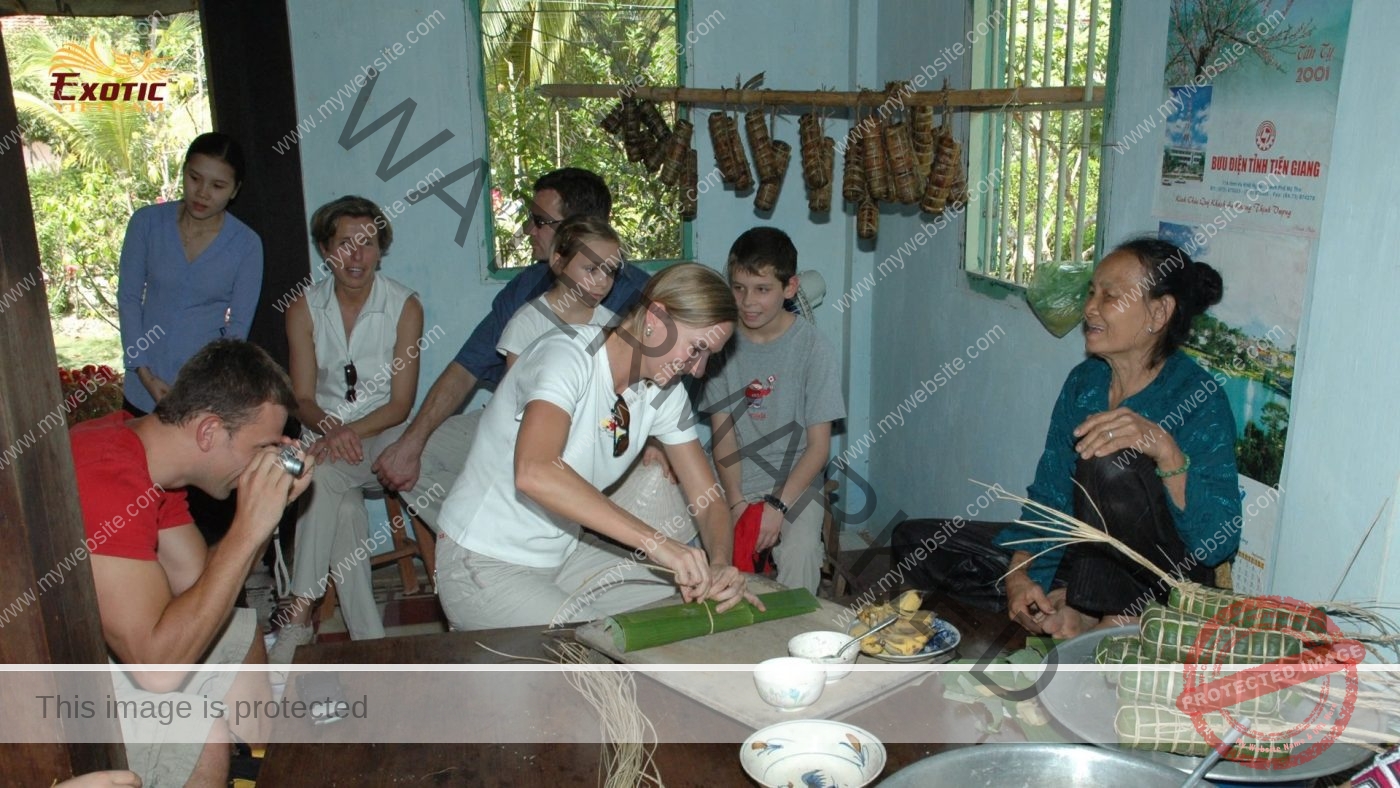Lunar New Year or simply “Tet”, is one of the most important holidays in Viet Nam, marking the beginning of the lunar new year. It is a time for family reunions, honoring ancestors, and wishing for good fortune in the upcoming year. Although customs and traditions may vary between regions of Viet Nam, there are some common customs that visitors can experience during Tet.

Unlike the Western New Year and the traditional New Year of some other countries, Viet Nam’s Lunar New Year, in addition to the first 3 days of the lunar year, is considered an official holiday, Vietnamese people start preparing for “Tet” shopping before 1 month, around the end of January. Especially in the week before Tet, everywhere from streets, and rivers, to markets is bloomed with colours of numerous places selling flowers outdoors. After Tet, the first three months of the lunar year are associated with the festival season, this is clearly seen in the North. During the “Tet season”, if you have the opportunity to visit Viet Nam, you will be immersed in the cultural colors and sounds of traditional Vietnamese festivals.
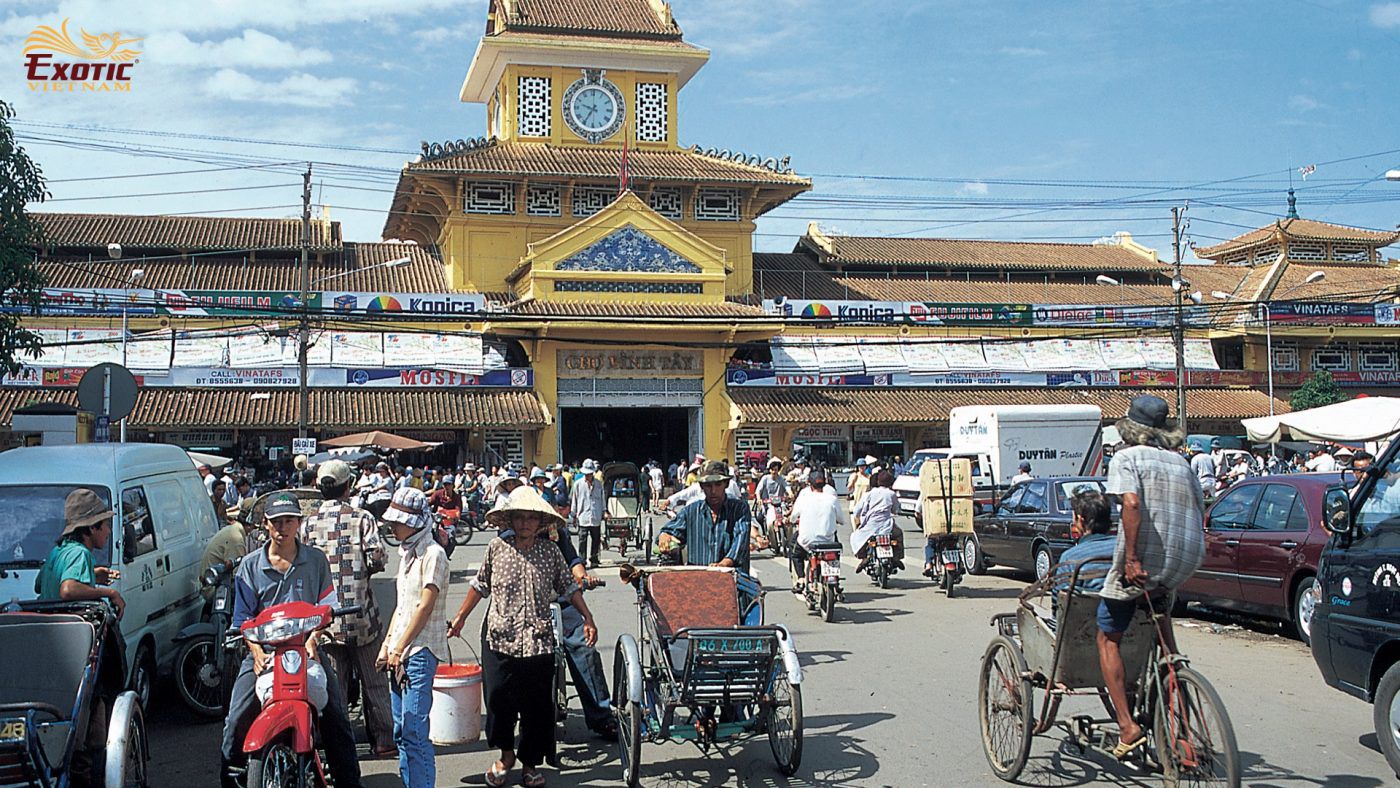
Many tourists are impressed by the customs that Vietnamese people carry out during Tet with wishes for a good and lucky new year. For example, they really like clothes with bright colours like red and yellow, which symbolize luck and goodness. Children eagerly receive red envelopes from their families and relatives. Pupils and students write at the beginning of the year and ask for letters at the Temple of Literature to have a successful new year in studying and taking exams smoothly.
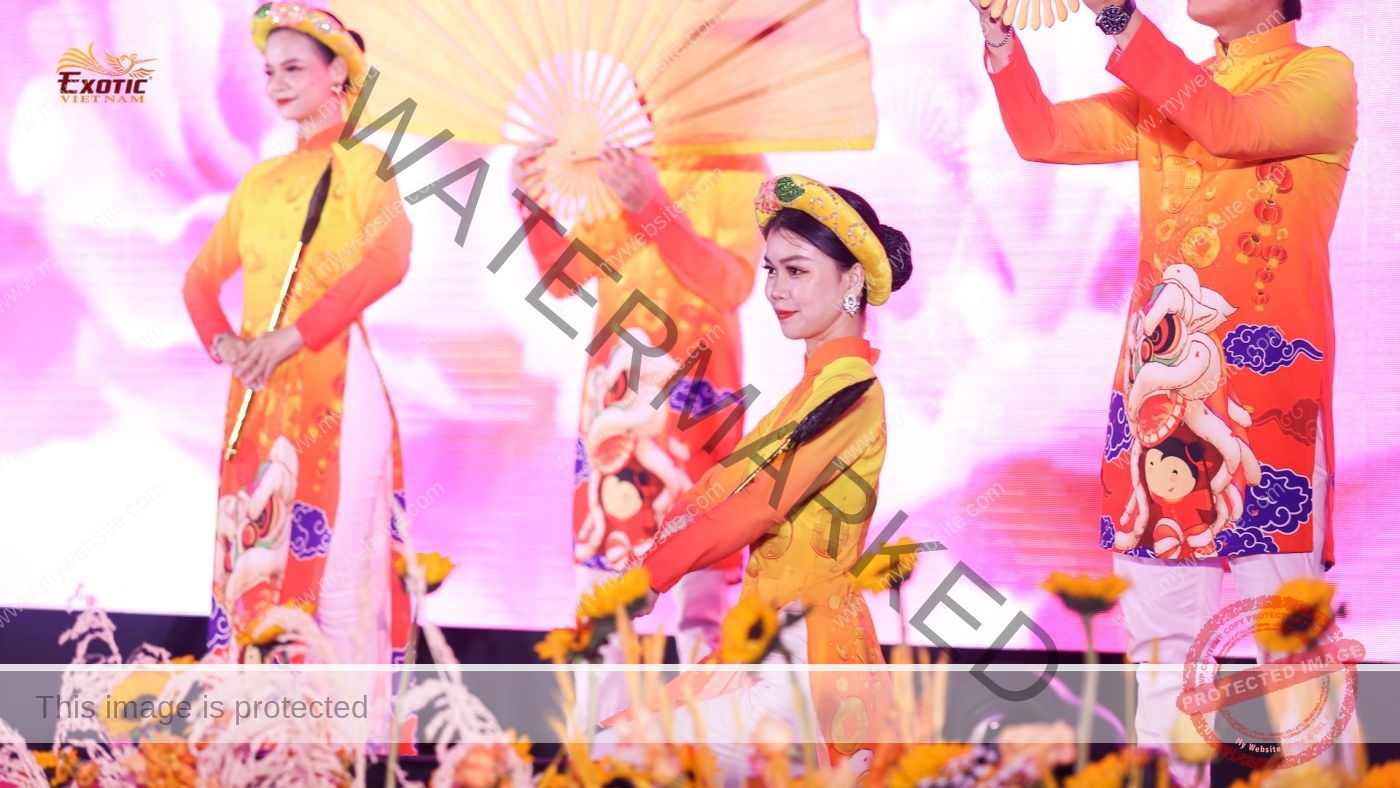
Even the “Tet” preparations make many visitors feel surprised. When the whole family, from adults to children, are busy cleaning and decorating the house to celebrate Tet. The ancestral altar, where family members show respect to their ancestors, is cleaned, the incense burner is polished and fresh flowers and five-fruit baskets are arranged. Children are eager for their parents to buy them new clothes and toys. The homeowner also cleans family vehicles such as motorbikes and cars, which look like new.
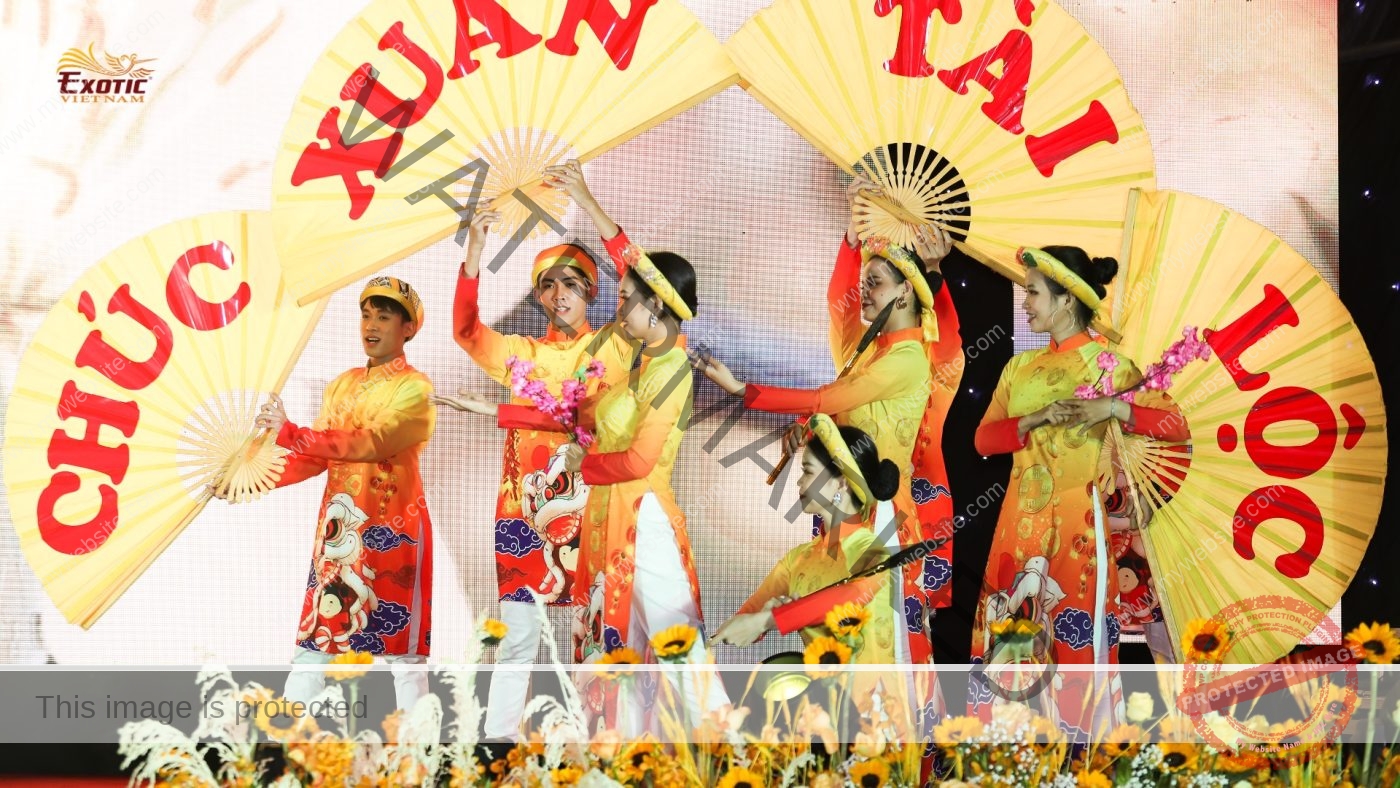
Tet in Viet Nam is also associated with visiting pagodas and temples and attending Spring festivals. Not only do they go to pagodas on Lunar New Year’s Eve and the morning of the first day of Tet, but Vietnamese people also have the custom of going to pagodas throughout the Spring. The majestic natural beauty and serenity of traditional religious architectural works take tourists to a world of true peace because they can breathe fresh air and feel tranquillity within their souls. Famous festivals such as Perfume Pagoda (Hanoi), Yen Tu (Quang Ninh), Lim (Bac Ninh), Ba Chua Xu (An Giang), etc. are often too crowded. Tourists should choose a small and not famous temple or pagoda to meditate, pray for peace and good luck in the new year.
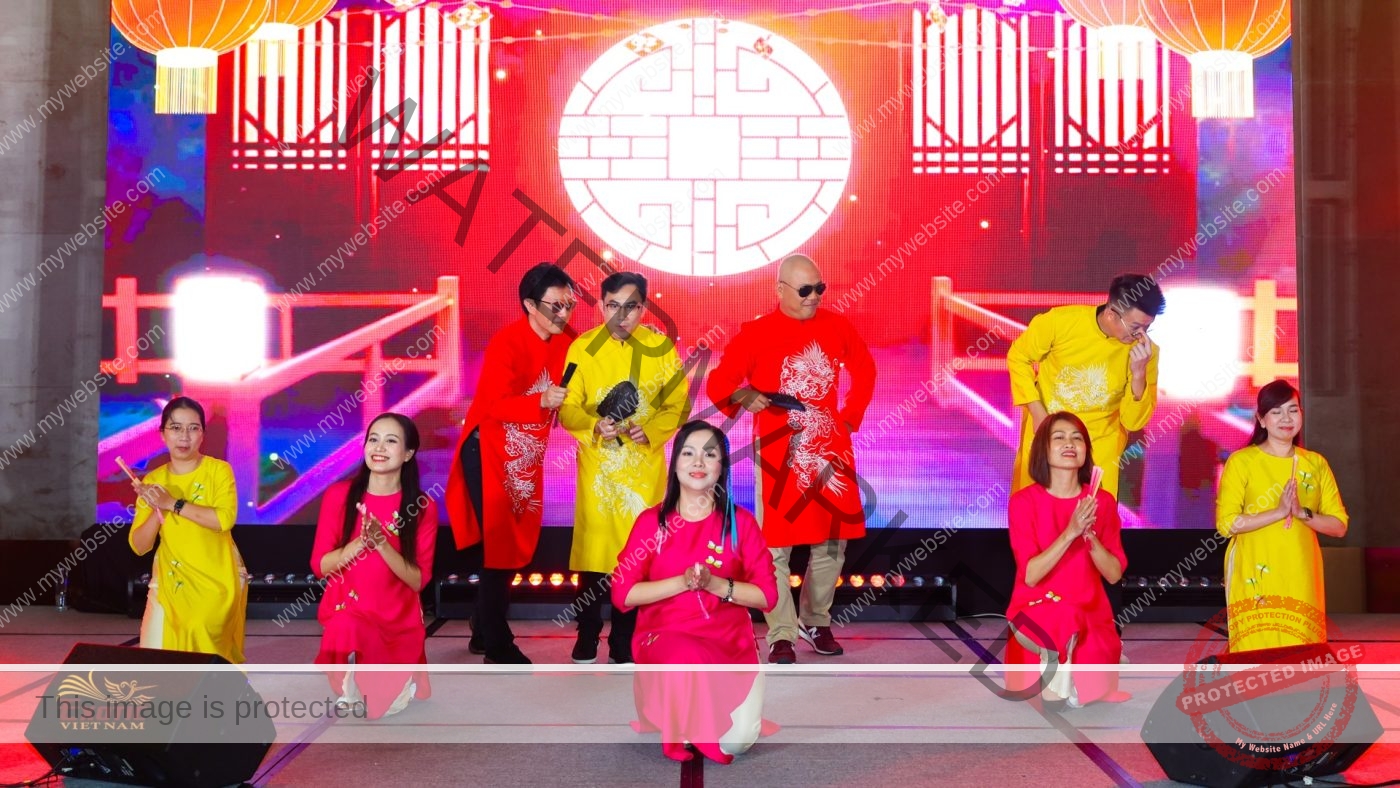
In addition, Tet is also mentioned through traditional culinary culture with unique flavors and extremely rich and eye-catching dishes. Although modern life has changed somewhat, traditional dishes such as banh chung – banh tet, braised meat, stuffed bitter melon, and dried shrimp soaked in vinegar… are still indispensable dishes in Tet meals. Exotic Vietnam organizes many activities for visitors to enjoy these specialties while preparing them themselves such as wrapping banh tet, making jam, etc. in the Tet space right at local people’s homes or recreating the scene at events.
To participate in activities with the local community during Tet, some important points to note:
Time
- Time: Tet usually takes place at the end of January or early February, depending on the lunar calendar.
- Preparation: The festival lasts about 7-10 days, but preparation activities in a bustling atmosphere can start 1 month before Tet.

Traditions
- Cleaning the house: Before Tet, Vietnamese people often clean their houses to drive away the bad luck of the old year and welcome good things.
- Worshiping Mr. Cong and Mr. Tao: On December 23 (on the lunar calendar), Vietnamese people offer offerings to Mr. Cong and Mr. Tao to return to heaven.
- Banh Chung and Banh Tet: These cakes are indispensable traditional dishes during Tet. Banh Chung is a specialty of the North, while Banh Tet is popular in the South.
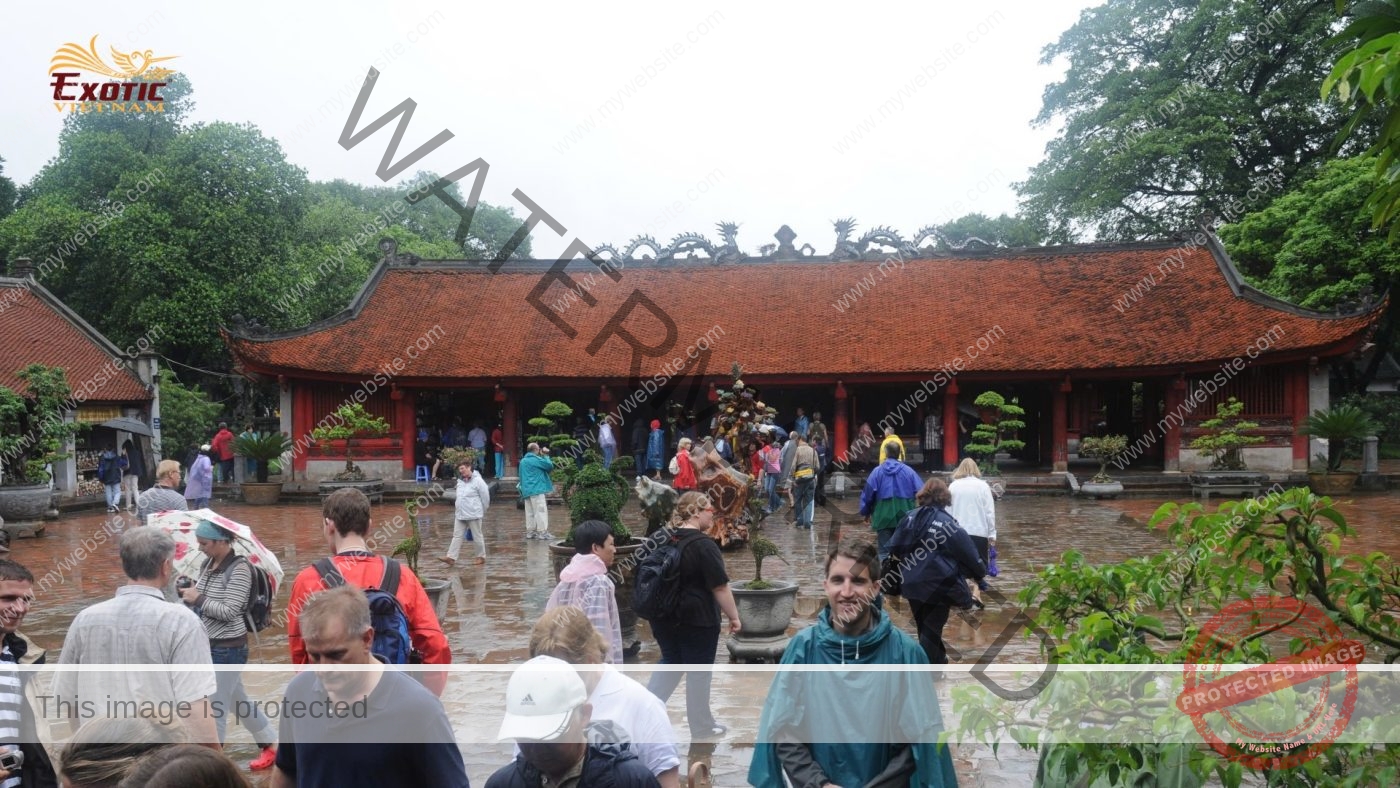
Customs and festivals
- Lucky money: A popular custom is to give lucky money (li xi) to children and the elderly as a way of blessing and bringing luck.
- Visit relatives and friends: Vietnamese people often visit relatives, friends and neighbors during Tet to send good wishes and receive lucky money.
- Ground breaking: On the first day of the new year, Vietnamese people often pay attention to the first person entering the house (ground breaking), hoping that that person will bring luck in the new year.
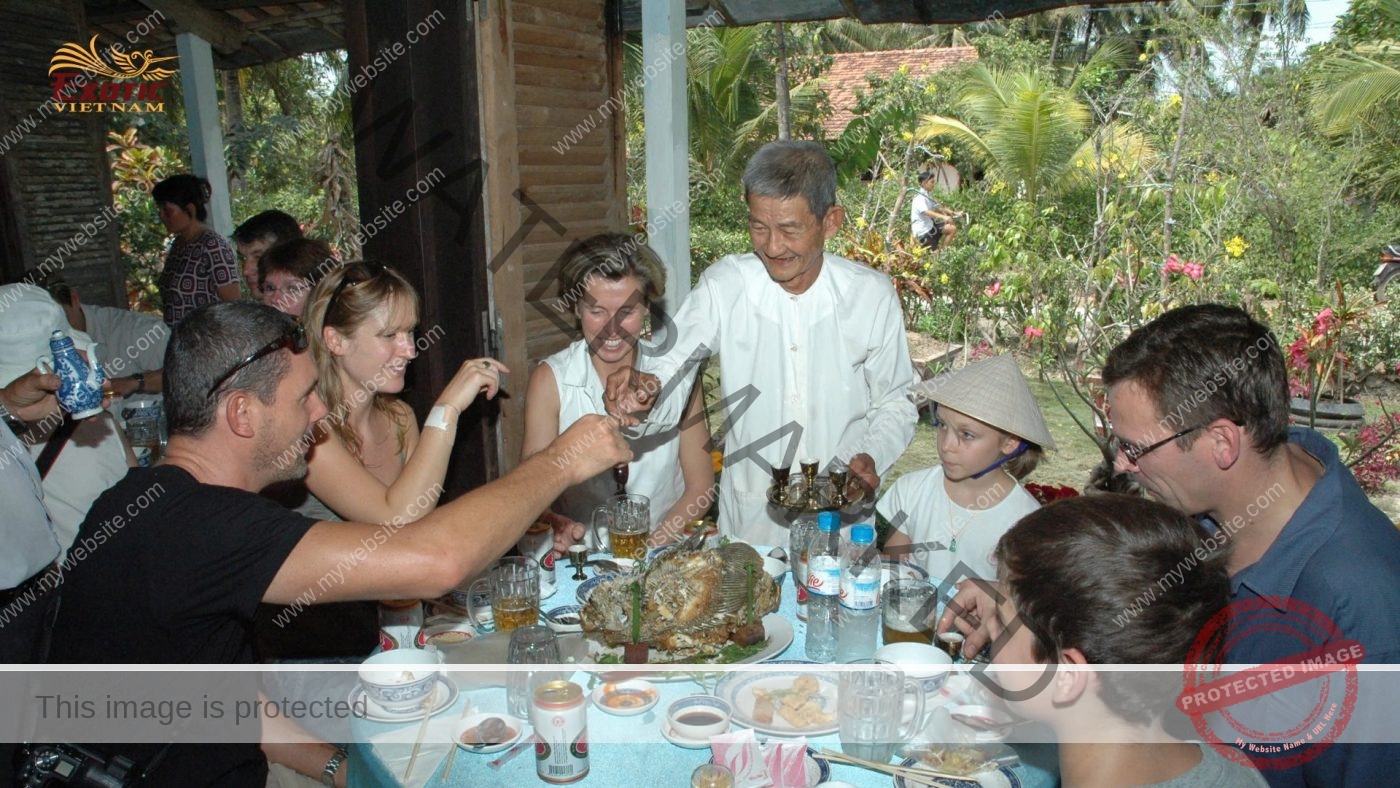
Cuisine
- Traditional dishes: In addition to Chung cake and Tet cake, there are also dishes such as pickled onions, pickled vegetables, meat braised with eggs, and other stir-fried and cooked dishes.
- Tea and wine: At Tet parties, tea and wine are often used to celebrate and create a happy atmosphere. Today, beer is commonly used.
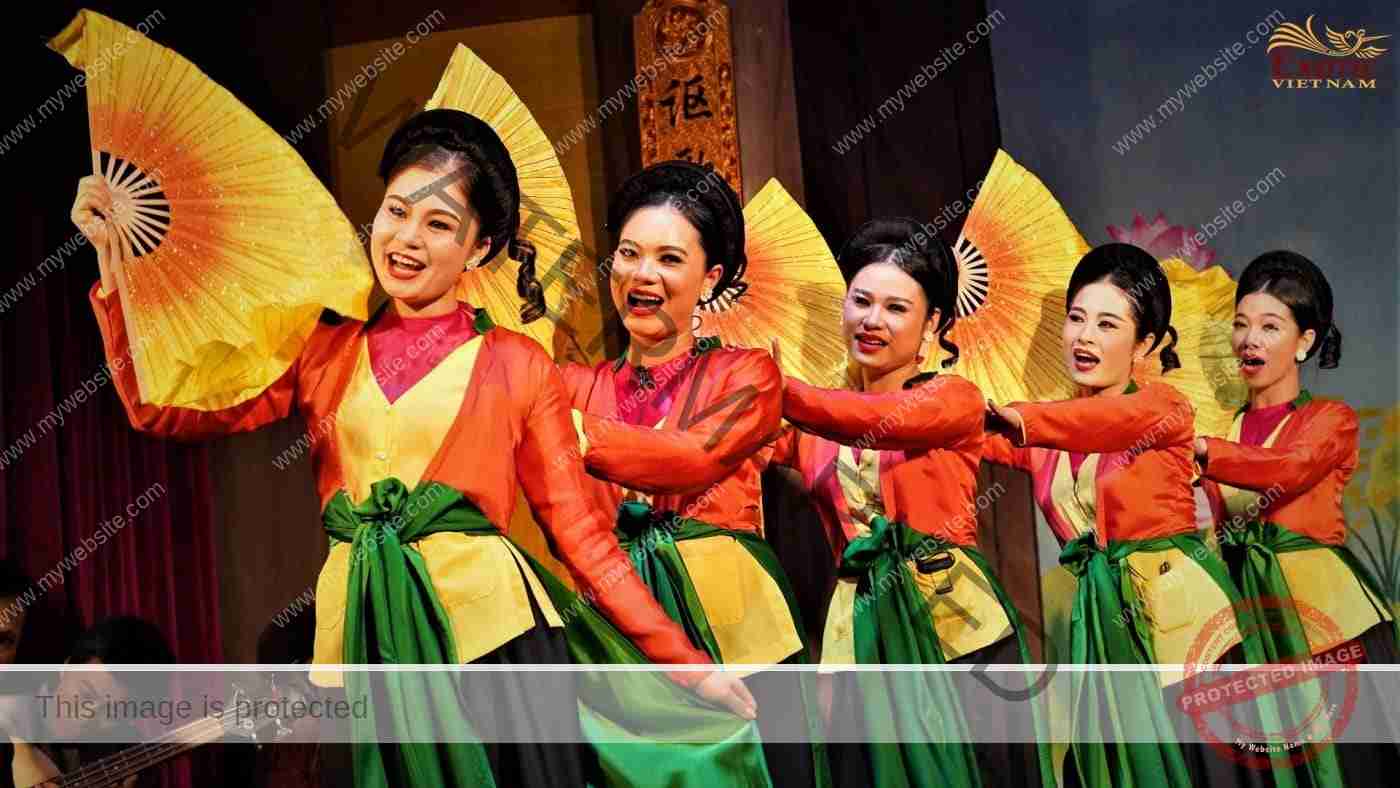
Special notes
- Traffic: Before Tet, traffic can be very crowded. However, on the 1st and 2nd day, the streets were deserted. From the 3rd, people flocked to the streets again, traffic was busy. During the period before and after Tet, millions of local people return home to reunite with their families, causing a significant impact on transportation, making flights, trains, boats and road buses difficult, scarce and expensive.
- Do not drink beer or alcohol if driving. The Vietnamese government has very strict penalties for driving on the road with an alcohol concentration in the blood or breath that exceeds 50 milligrams to 80 milligrams/100 milliliters of blood or exceeds 0.25 milligrams to 0.4 milligrams/ 1 liter of breathing air.
- Hotels and restaurants: Many service establishments may close or reduce operating hours. Reservations should be made in advance to ensure accommodation and food services during the holidays. Please book and let Exotic Vietnam prepare it for you.

